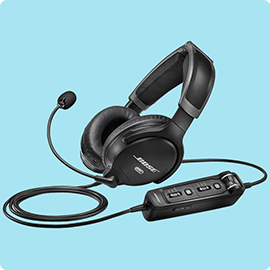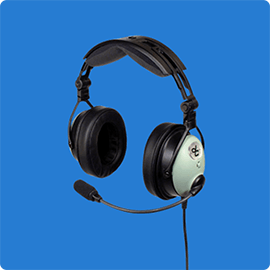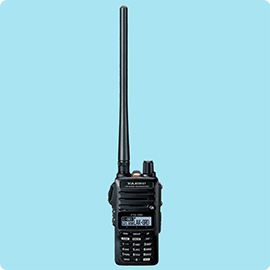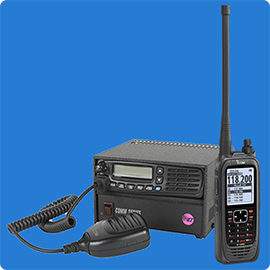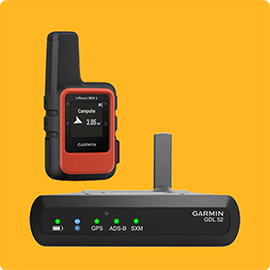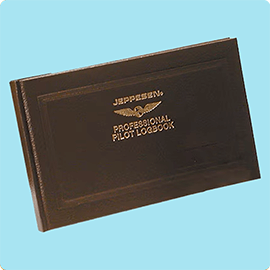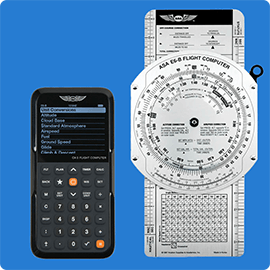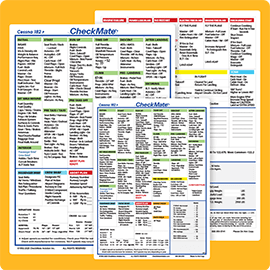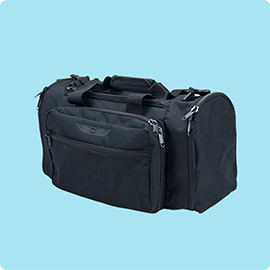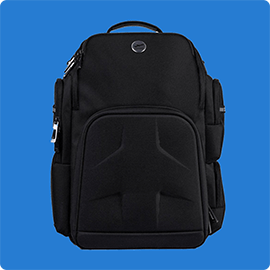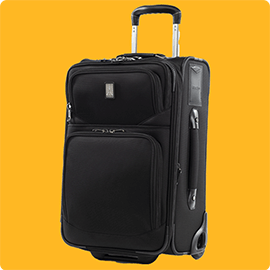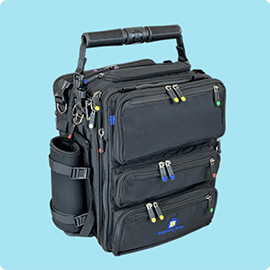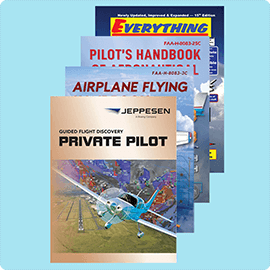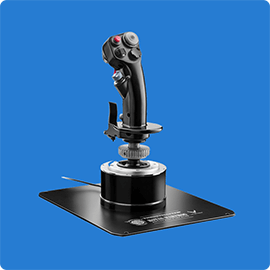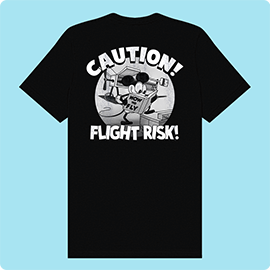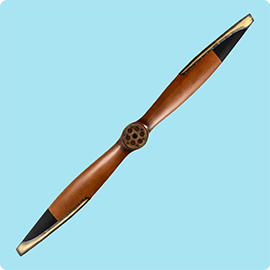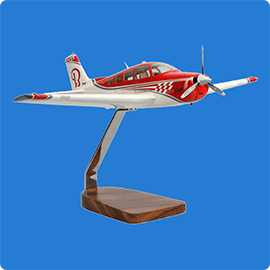Cessna 340 (All the Details You Need)
Small commuter flying got a whole lot more enjoyable with the release of the Cessna 340 in 1972. The pressurized cabin of this light twin piston engine business aircraft was designed for optimum passenger comfort while the twin turbocharged engines delivered on performance.
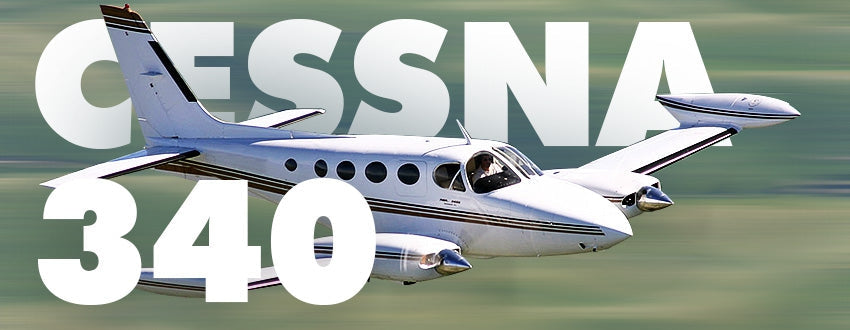
Small commuter flying got a whole lot more enjoyable with the release of the Cessna 340 in 1972. The pressurized cabin of this light twin piston engine business aircraft was designed for optimum passenger comfort while the twin turbocharged engines delivered on performance.
Designing the Cessna 340

With the success of the Cessna 310, Cessna saw the opportunity to build on its strengths and develop a cabin-class aircraft. The resulting 340’s pressurized cabin was spacious and was one of the first offered in a light twin aircraft. The 340 was marketed as a pressurized, supercharged version of the 310. It did well, and sales quickly outpaced that of its closest competitor – the Beechcraft Duke.
Although the Cessna 310 was billed as the primary inspiration for the Cessna 340, and its fuselage and empennage have similar lines, the 340 also shares many components with the Cessna 414. The 340’s designers used the 310’s horizontal and vertical stabilizers along with the elevator and rudder paired with the wings, flaps, ailerons, and landing gear of the 414.
Realistically, the Cessna 340 is a hybrid of a 300-series and 400-series aircraft. One of the primary reasons that it was given a 300-series number and marketed as such was so that at an original retail price of $201,000, it would be accessible to the average twin buyer.
The pressurized cabin

As expected, the pressurized cabin is the main highlight of this aircraft. The 340 can maintain a pressure differential of 3.8 to 4.2 psi depending on the model. That means that at 13,000 feet, the cabin is pressurized to about 3,000 feet. Even in a steep descent of up to 4,000 fpm, the pressurization system can keep up.
Thanks to the pressurized cabin, the 340 can comfortably cruise between 18,000- and 21,000-feet taking advantage of the turbocharged engines’ capabilities and positioning itself at an altitude above the smaller aircraft and below the larger ones.
Variants of the Cessna 340

The original 340 was released in 1972 at a price point of $201,000 and was powered by two 285 hp Continental TSIO-520-K engines. It turned out to be slightly underpowered, so its successor – the 340A – was outfitted with upgraded 310 hp twin TSIO-520-N engines. The $365,000 Cessna 340A was the more popular model accounting for 948 of the 1,351 Cessna 340s that were built.
In 1979, Cessna tried out an unpressurized version – the 335 – in an attempt to provide some of the features of the 340 at a lower price point, however the 335 was not a commercial success and only 65 aircraft of this variant were ever produced. It turns out that the 340s key selling point truly was its pressurized cabin and potential customers did not see the value of an unpressurized version. Cessna shifted focus back to the well-received 340A model instead.
Other spin-off variants included the Riley Jet Prop 340, Riley Rocket 340, and Riley Super 340.
Modifications to the Cessna 340

Owners of a Cessna 340 have plenty of mods they can do to improve the aircraft even further. Engine modification, enhanced turbocharger intercooling systems, STOL kits, speed brakes, and control improving vortex generators rank among the top owner improvements.
Cessna 340A Specifications
- Engine: 2 x Continental TSIO-520-NB
- Horsepower: 310 hp each
- Propellers: McCauley CS/76in. 3-bland-constant-speed
- Length: 34 feet 4 inches
- Height: 12 feet 7 inches
- Wing Span: 38 feet 1 inch
- Wing Area: 184 square feet
- Wing Loading: 32.6 pounds/square foot
- Power Loading: 9.7 pounds/horsepower
- Seats: 1 pilot and 5 passengers
- Cabin Height: 49 inches
- Cabin Width: 46.5 inches
- Empty Weight: 4,142 pounds
- Maximum Gross Weight: 5,990 pounds
- Maximum Takeoff Weight: 5,990 pounds
- Useful Load: 1,848 pounds
- Baggage Capacity: 950/53
- Fuel Capacity: 100 gallons plus 63-gallon reserve
Cessna 340A Performance
- Takeoff Distance Ground Roll: 1,615 feet
- Takeoff Over 50 ft. Obstacle: 2,175 feet
- Rate of Climb, Sea Level: 1,650 feet per minute
- Top Speed: 281 miles per hour
- Cruise Speed: 230 miles per hour
- Stall Speed: 94 mph
- Fuel Consumption: 34 gallons per hour at 75% power
- Endurance (65% power with 1 hr reserve): 5.5 hours
- Range: 1,618 miles
- Service Ceiling: 29,800 feet MSL
- Landing Ground Roll: 770 feet
- Landing Over 50 ft. Obstacle: 1,850 feet
Frequently Asked Questions
Let’s address some commonly asked questions regarding this remarkable aircraft.
- How much does a Cessna 340A cost?: The average price for a pre-owned Cessna 340A is approximately $348,200.00.
- Is the Cessna 340A easy to fly?: The ease of flying a Cessna 340A depends on the pilot's experience and training. As a twin-engine aircraft that has pressurization and a variety of avionics, it may require more training and experience compared to smaller, non-pressurized aircraft.
- How many people can a Cessna 340A carry?: The Cessna 340A can carry up to 5 passengers, along with 1-pilot, making a total seating capacity of 6 people.
- What does “service ceiling” mean for the Cessna 340A?: The “Service ceiling” refers to the max altitude at which the aircraft can maintain a specific rate of climb. In this instance, the Cessna 340A’s service ceiling is 29,800 ft. (approximately 9,100 meters)
The pricing information above may change or become inaccurate overtime. It is recommended to contact Cessna aircraft dealers for accurate and up-to-date details. Everyone’s experience flying an aircraft may differ based on their training, experience, and skill.
Cessna 340A Owner Comments
To gain a better understanding of the amazing features of owning and flying this magnificent aircraft, you’ll want to watch this exclusive interview with an owner and pilot of a Cessna 340A. Curing the video, they will share all of the details that one should expect when taking ownership and flying this powerful machine.
Similar Aircraft to the 340A
For those in the aviation business seeking a plane comparable to the Cessna 340A, there are many impressive alternatives available. Each of these aircraft presents unique features and advantage, supplying to the diverse needs of pilots and business in the industry.
(source: By Black Eagle at English Wikipedia, CC BY-SA 3.0, https://commons.wikimedia.org/w/index.php?curid=7471414)
Beechcraft Duke
One such aircraft is the Beechcraft Duke. This aircraft is a masterpiece of flight engineering, trusted for it’s robust design and incredible power. With its twin-engine configuration and spacious cabin, the Duke offers a comfortable flying experience for both pilots and passengers alike.

(source: By YSSYguy at English Wikipedia, CC BY-SA 3.0, https://commons.wikimedia.org/w/index.php?curid=18064792 )
Piper PA-31 Navajo
Another impressive option is the Piper PA-31 Navajo, revered for its multifunctional operational potential and reliable peformance. Wether used for executive travel or freight transportation, the Navajo’s robust construction and abundant cargo capacity make it a dependable choice in the aviation community.
(source: By SDASM Archives - https://www.flickr.com/photos/sdasmarchives/49049429511/in/album-72157711670027348/, Public Domain, https://commons.wikimedia.org/w/index.php?curid=105412160)
Rockwell Aero Commander
Lastly, the Rockwell Commander, a timeless twin-engine aircraft that has truly stood the test of time. Pilots appreciate its responsive handling and exceptional range, making it suitable for a variety of missions, from regional travel to short-haul cargo operations.Additional Reading Material
Cessna 340 Manuals and Checklists are available at PilotMall.com

|
Cessna 340A Standard Size CheckMateThe most complete aviation checklist for the Cessna 340A! |
Interested in more aircrafts?
If you want to learn about other aircrafts, such as the best bush plane in history, the amazing De Havilland Beaver DHC-2, Diamond DA20 , the Cessna 170B, and also check out one of the best quality aircraft kits, the Hummel H5!
Want to learn about flight maneuvers?
Our guides are designed to help student pilots become professional pilots and for private pilots to brush up on their knowledge and skills.
-
How To Fly Turns Around A Point (Complete Guide + Lesson Plan)
-
The Chandelle Maneuver: What it is and Why You Should Learn to Fly it
Did you find this article helpful?
Do you think we missed anything important? Let us know in the comments below!


